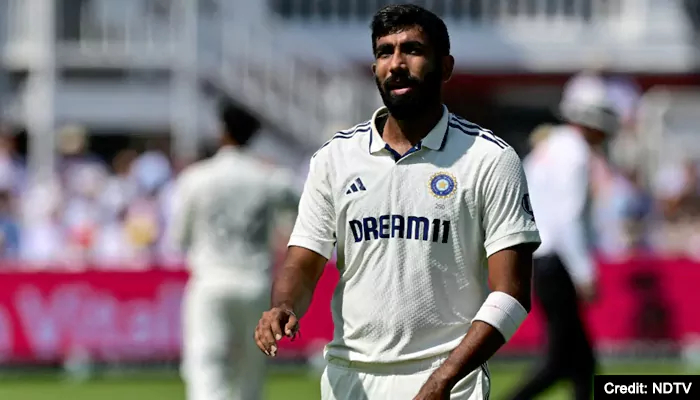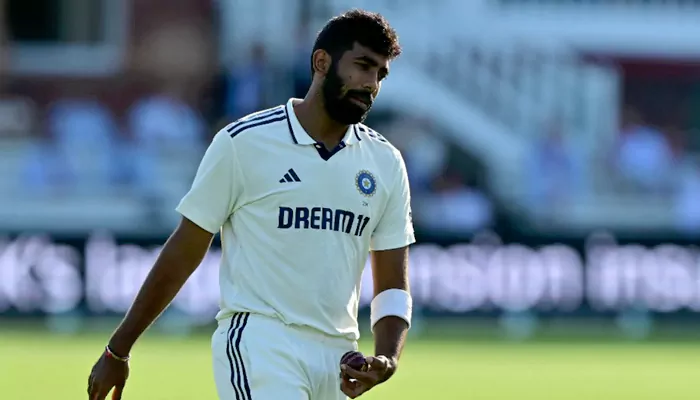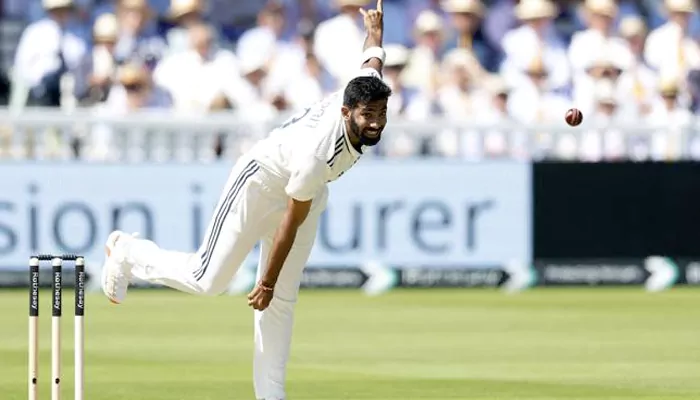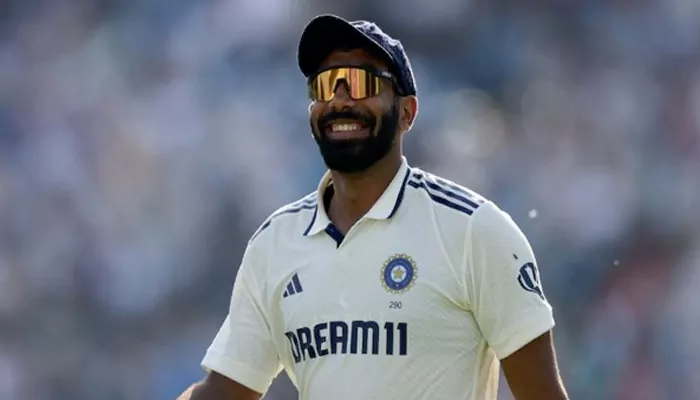
When your pace spearhead loses his edge, the fortress can crumble
In Test cricket, pace bowlers are the front line. They set the tone, breach the opposition's defence, and bear the burden of bowling through long spells with energy and accuracy. Jasprit Bumrah has long been India's key attacker, the man capable of turning matches in his favour.
Yet in Manchester, during the fourth Test of the ongoing England series, that bowler appeared subdued. His figures in the first innings – 28 overs, 95 runs, 1 wicket till the end of the second day, and a noticeable slowdown in pace – left India facing a challenge they rarely encounter: an unfit Bumrah.
Bumrah's brilliance often depended on his ability to strike a balance between accuracy and hostility. In this match, he achieved neither. He bowled too short, strayed down the leg side too often, and never once looked the relentless threat India needed at the front. Usually, the Ahmedabad-born quick takes only an over or two to find his rhythm. Here, the improvements never materialised.
In previous Tests of this series, he delivered spells touching 140-142 kph with rhythmic consistency. At Manchester, the radar told a very different story: no delivery breached 140. For a bowler who thrives on that late skidding pace, this was a warning sign.
The context cannot be ignored. Bumrah had bowled his heart out at Lord's, shouldering 16 overs across two innings. Just three days later, he was back at Old Trafford. That turnaround felt too short for a fast bowler carrying the workload of India's attack.

Credit: NDTV
The shadows of his recent back injury cast a long influence over this performance. Bumrah had spent months recovering earlier in the year, returning in the IPL to bowl short four-over spells. Test cricket, with its demands for extended, punishing spells, was always going to be a different challenge.
The worrying sign emerged with the second new ball in England's first innings. After just one over, Bumrah left the field clutching his side, only to return later. That brief absence reflected a bigger concern: was he match-ready to carry India's bowling attack through five days?
It is not as though this is a one-off incident. At Headingley, in the second innings, he also appeared flat on a placid pitch. Perhaps that match was easier to dismiss as a pitch-induced blip. However, in Manchester, where conditions allowed for lateral movement, Bumrah's struggles were quite evident.

Credit: Reddif
India's balance relies heavily on Bumrah leading the attack. Mohammed Siraj and Shardul Thakur are competent, but without their spearhead firing, the rest of the attack becomes predictable. In England's first innings, India conceded runs at over 3.5 an over as Ben Duckett and Zak Crawley applied pressure. Without Bumrah hitting the proper lengths and claiming breakthroughs, India were always on the back foot.
The longer this drought persists, the more pressure shifts onto the others. Ravindra Jadeja's accuracy and Washington Sundar's defensive lines cannot hide the fact that India's bowling strategy relies on Bumrah dismantling the top order.

Credit: ANI
India's think-tank faces a dilemma. Bumrah's presence alone can unsettle opposition line-ups, but a half-fit spearhead is more a liability than an asset. He had hinted earlier that he would manage his workload and play only three Tests. Now, with the final game at The Oval approaching, the question arises: should India retake the gamble?
The temptation is clear. Bumrah remains India's most potent weapon. But when that weapon is dulled by injury or fatigue, it risks not only failing to deliver but also worsening the damage. Fast bowling is a craft as much about rhythm as it is about resilience. Right now, Bumrah has neither.